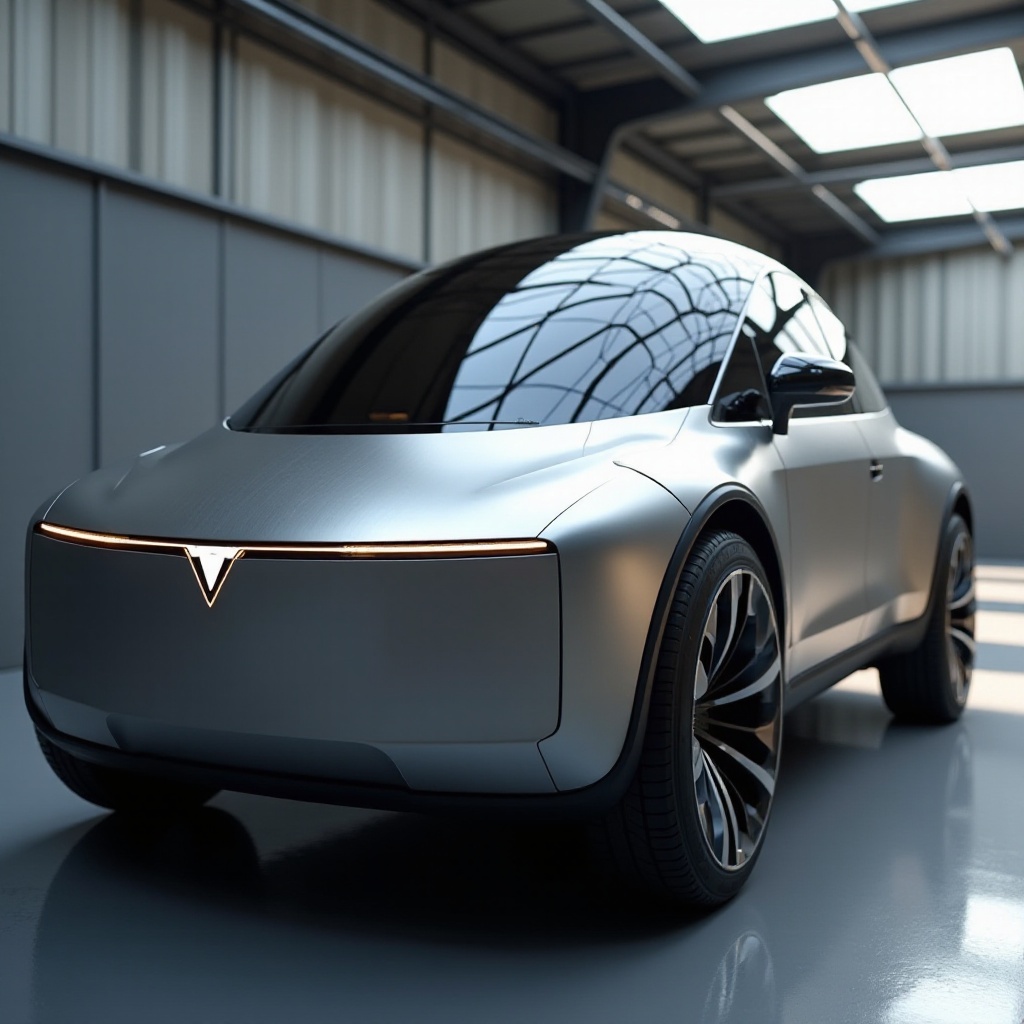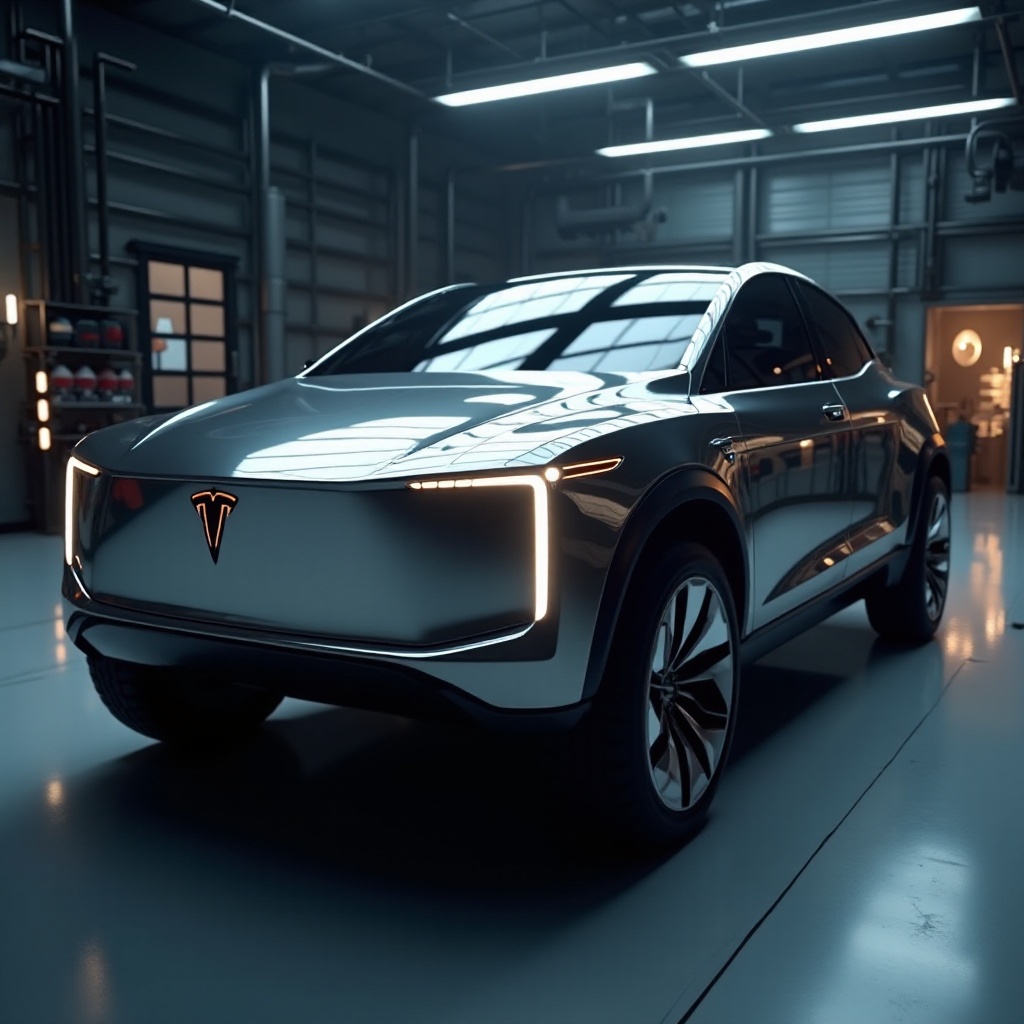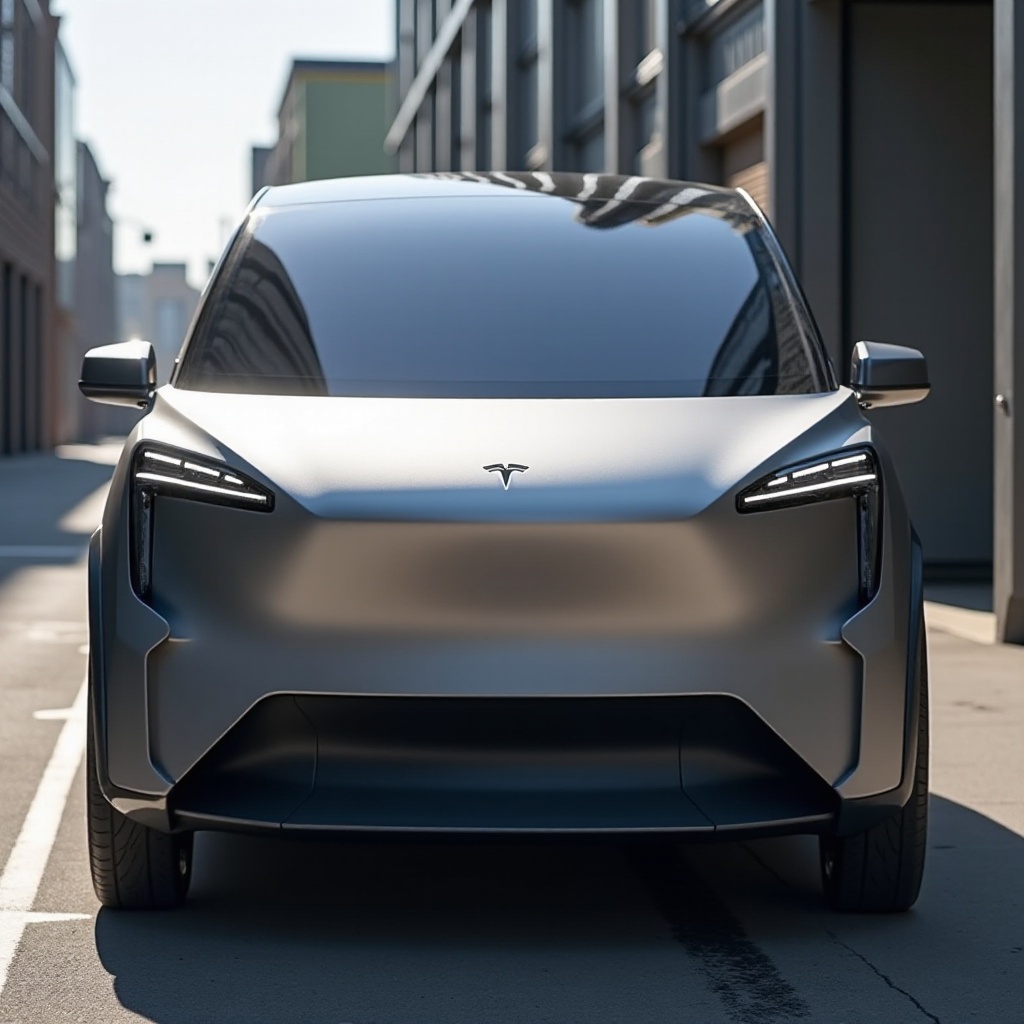Introduction
The unveiling of the Tesla Cybertruck introduced a revolutionary vehicle that broke away from traditional automotive design. One striking feature that captured public attention was its unique stainless steel body. Unlike most vehicles, which use conventional steel or aluminum, Tesla’s choice prompts a closer examination. What makes stainless steel suitable for an electric truck? Let’s delve into the intricate details of why Tesla decided to engineer the Cybertruck with stainless steel.

The Science Behind Stainless Steel in Automotive Design
Stainless steel, recognized for its corrosion resistance and strength, is an innovative and somewhat unexpected choice for automotive design. Ordinarily, vehicles use materials like carbon steel and aluminum due to ease of manufacturing and cost. However, stainless steel, particularly the grade known as 30X stainless steel, offers several performance enhancements that align with Tesla’s mission for durability and sustainability.
This specific type of stainless steel is not only incredibly sturdy but also features a unique chromium layer that protects against rust and wear. The result is a material that maintains its integrity under harsh conditions, which is essential for the rugged look and expected use of the Cybertruck. Tesla’s decision to use stainless steel aligns with its goal to produce vehicles capable of long-term operation with minimal environmental impact, aiming to offer something both practical and eco-friendly.

Advantages of Using Stainless Steel in the Cybertruck
Durability and Strength
One of stainless steel’s primary benefits is its unmatched durability and strength. The exoskeleton of the Cybertruck provides a robust shell that can withstand significant impacts, offering enhanced safety for occupants.
Corrosion Resistance
Stainless steel is highly resistant to corrosion, which is crucial for a vehicle intended for a variety of environments. Whether it’s exposed to road salt in winter or sand and salt near the sea, the corrosion resistance ensures the truck maintains its appearance and structural integrity over time.
Cost-Effectiveness
While stainless steel might be more expensive initially, its durability means lower maintenance costs over the vehicle’s lifespan. Reduced requirements for body repairs and replacements translate to cost savings for consumers in the long run.
Impact on Performance and Safety
The use of stainless steel also brings several advantages in terms of performance and safety. Understanding these aspects is paramount for grasping why Tesla sees this material as the future of vehicle design.
Aerodynamics and Performance
Stainless steel’s rigidity allows for unique geometric designs that might be difficult with other materials. The flat surfaces and angular lines of the Cybertruck contribute not just to its distinctive appearance but also to aerodynamic efficiency. This helps to reduce drag and improve overall performance, which is critical for the efficiency of electric vehicles.
Safety Enhancements
The robust construction of stainless steel significantly enhances vehicle safety. In the event of a collision, the material’s ability to absorb and distribute impact forces reduces the risk of deformation and provides better protection for the passengers inside. Additionally, the high torsional resistance offers improved handling and stability, crucial for preventing accidents.
Environmental Considerations and Sustainability
Tesla’s incorporation of stainless steel aligns with its commitment to sustainability. Stainless steel is a highly recyclable material, with most stainless-steel products containing around 60% recycled content. This characteristic supports a circular economy, reducing the need for new raw materials and lowering the environmental footprint of the manufacturing process.
Furthermore, the extended lifespan of a stainless steel body reduces the frequency of vehicle replacement, subsequently decreasing the cumulative environmental impact. The corrosion resistance also means fewer paints and coatings are required, which reduces harmful chemical emissions during production and maintenance.
Market Reactions and Industry Impact
The introduction of stainless steel in the Cybertruck has garnered mixed reactions from the market. Some enthusiasts appreciate the futuristic design and promise of durability, while others are skeptical about the practicality and cost implications. However, the ripple effects on the automotive industry are undeniable. Tesla’s choice challenges other manufacturers to rethink their material strategies, potentially leading to new advancements in vehicle design and construction. This shift could propel the entire industry toward more sustainable practices.

Conclusion
In conclusion, the decision to use stainless steel for the Cybertruck is a testament to Tesla’s innovative approach and commitment to durability, performance, safety, and sustainability. By breaking away from conventional materials, Tesla has set a new benchmark for what’s possible in automotive design. Whether it’s the vehicle’s distinctive appearance, its robustness, or its contribution to sustainability, the use of stainless steel redefines the future of new energy vehicles.
Frequently Asked Questions
Why did Tesla choose stainless steel for the Cybertruck?
Tesla selected stainless steel for its unmatched durability, corrosion resistance, and ability to retain integrity under harsh conditions.
How does stainless steel impact the Cybertruck’s performance?
Stainless steel enhances the Cybertruck’s performance by improving its aerodynamic efficiency and ensuring robust safety features.
Are there any drawbacks to using stainless steel in vehicles?
While stainless steel offers durability and longevity, the initial cost and manufacturing complexities can be considered potential drawbacks.
